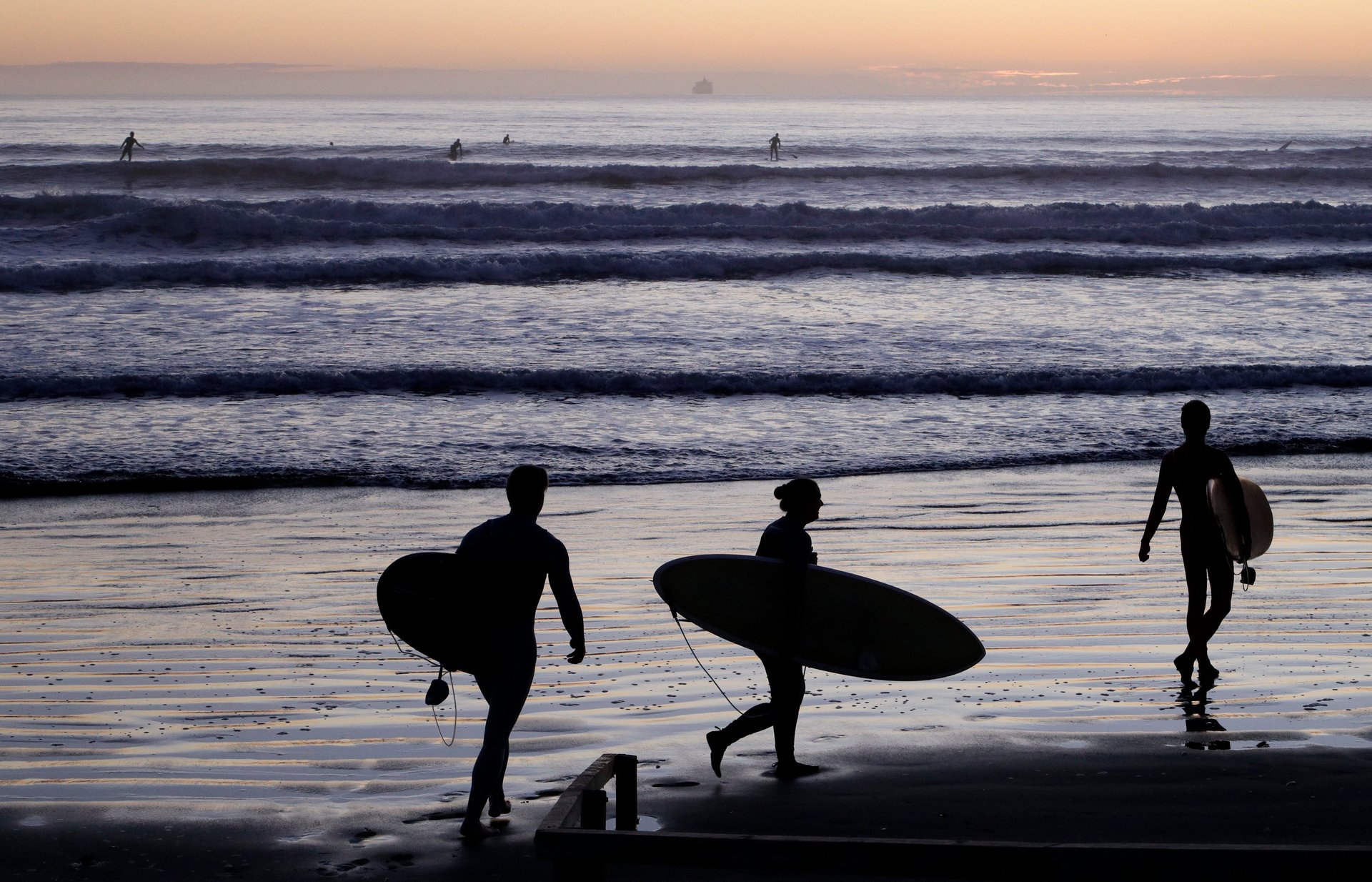“Seated, separated, single-server”: New Zealand details its vision for post-lockdown living
With New Zealand’s outbreak situation appearing to be firmly under control after having “eliminated” widespread community transmission of the coronavirus, the country is now getting ready to further wind down its lockdown rules.


With New Zealand’s outbreak situation appearing to be firmly under control after having “eliminated” widespread community transmission of the coronavirus, the country is now getting ready to further wind down its lockdown rules.
When prime minister Jacinda Ardern activated a level four alert in late March—the most severe level in New Zealand’s four-tiered alert system—she placed the country under one of the world’s strictest lockdown measures. The aim was simple: don’t just flatten the curve; squash it.
The aggressive strategy paid off. New Zealand has so far avoided the uncontrolled outbreaks and staggering death tolls that have afflicted countries like the US and UK. With a population of 4.8 million, it has recorded just over 1,100 confirmed cases and 21 deaths. Last Tuesday (April 28), after four weeks at the highest alert level, the country moved down to level three, easing social distancing rules even as Ardern urged people to be “even more vigilant.”
Now, the country is set to climb down a notch further to level two, pending a cabinet review of the situation next Monday. While the country remains at level three, the government has already laid out clearly what life will look like at level two. The guidelines paint a clear picture what a further easing of lockdown measures entails.
Under level two, people can now leave their isolated “bubbles” and reconnect with friends and families. Still, there are various general precautions to take: keep your distance when in public; stay home if sick; wash your hands, and keep careful track of your contacts.
Domestic travel will resume. Contact sports will be allowed, but only if good contact-tracing is maintained for training and games. Businesses can reopen, provided they can contact-trace everyone who visits their premises and ensure a distance of at least 1 meter (3 feet) between groups of customers. Gatherings of no more than 100 people are allowed, and food and drink can be served “at wedding receptions or after a funeral or tangihanga (Māori funeral rite)”—but no buffets. And in the hospitality industry, the “3 Ss” are to be observed: keep groups seated, separated, and only have a single server tending to a table.
Meanwhile, Ardern has continued to make effective use of analogies in her risk communication. When director-general of health Ashley Bloomfield said in mid-April that New Zealand was “over the peak,” Ardern cautioned that this was not synonymous with “out of the woods.” And at a media briefing today, as Ardern unveiled details of level two guidelines—what she described as a “safer normal, not a return to business as usual”—she again played with the mountain imagery to sound a note of caution: “We think of ourselves as half way down Everest… The descent is known to be even more dangerous.”
The briefing and the guidelines on the government’s dedicated Covid-19 website are a testament to New Zealand’s consistently effective style of crisis communications, one that’s built on empathy (which other world leader has explained to children on national television that the Easter bunny is an essential worker?), offers clear instructions for what people should do, and avoids the pitfalls of over-reassurance (pdf).